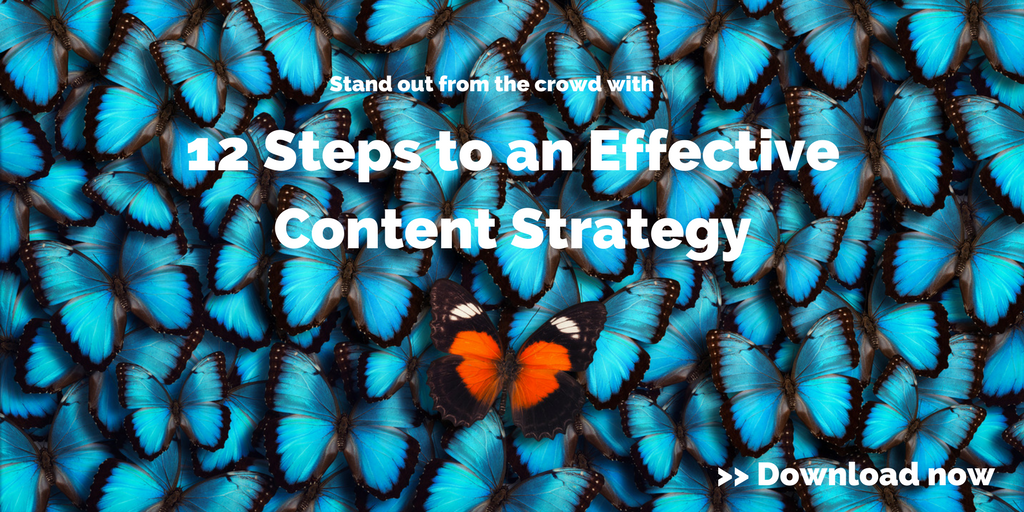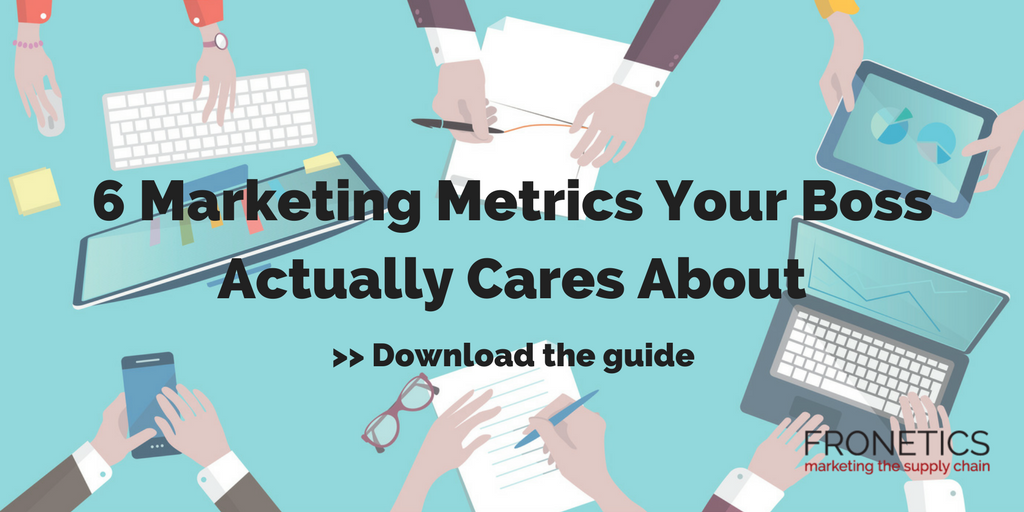
by Fronetics | Apr 16, 2019 | Blog, Content Marketing, Marketing, SEO, Video Marketing
With the growing popularity of video, it’s harder for video posts to rank in search results. Here’s what marketers need to know about SEO and video posts.
Highlights:
- When choosing your video hosting platform, it’s important to consider the reasons why you want your videos to rank, such as lead generation or brand awareness.
- Spend time crafting an engaging video title and description and make sure to use keywords audiences are actually searching for.
- Don’t solely rely on optimizing your video to receive placement on search engines. It’s just as important that the rest of the page is optimized for SEO.
Video transcript:
I’m Ulrika Gerth, and I’m the Content Writer and Strategist at Fronetics. Today I’m going to talk about what you need to know about SEO and video posts.
So video SEO is simply optimizing your video to be indexed and rank on the search engine results pages, like Google.
In the last few years, video marketing has become more and more popular among businesses and it’s easy to see why. It’s cost effective and easy to produce. But with the explosion of video, it’s also become much harder to get ranked on universal search results.
Here are a few ways to optimize your videos.
1. Pick the best platform.
When choosing your video hosting platform, you need to consider the reasons why you want your videos to rank. Are you optimizing your video to gain traffic and generate leads? Or are you more interested in thought leadership and brand awareness?
2. Make the video engaging.
The video thumbnail is what searchers will see when your video is indexed, and therefore it plays an important role in whether they will click on your video.
3. Pay attention to the title and description of your video.
Just like they do for a blog post, the title and description play a role in ranking videos. Spend time crafting an engaging video title and description. Make sure you do keyword research so you use keywords people are actually searching for.
4. Ensure the rest of your page is relevant to the video and optimized for SEO.
You can’t rely only on optimizing your video to receive placement on search engines. It’s just as important that the rest of the page is optimized for SEO, or the search engines won’t bother to crawl it in the first place.
For more information, visit fronetics.com.
Related posts:


by Fronetics | Apr 11, 2019 | Blog, Content Marketing, Current Events, Logistics, Marketing, Social Media, Supply Chain
Content marketing is no longer optional. It’s essential in creating brand awareness, educating audiences, and building credibility. Here’s a look at the biggest digital marketing trends for 2019.
Highlights:
- The content marketing industry is expected to be worth more than $400 billion by 2021.
- Video is currently the most popular form of content being consumed online today.
- Peers and colleagues are the third most influential source of information for B2B purchasing, right behind online searches and your website.
A recent article by Forbes on content marketing notes: “As recently as a few years ago, marketers handled content mostly as a side project. It was more of a bonus than an essential role — something you did when you had time because it took a backseat to more traditional marketing projects and responsibilities. That’s changed.”
Boy, has that changed. The content marketing industry is expected to be worth more than $400 billion by 2021.
[bctt tweet=”The content marketing industry is expected to be worth more than $400 billion by 2021.” username=”Fronetics”]
The 2018 report from the Content Marketing Institute shows just how prevalent digital and content marketing is, and how essential it has become to creating brand awareness, educating your audience, and building credibility and trust with your customers.
Supply chain & logistics marketers: Trends to watch
So, where is content marketing headed in 2019? Marketing budgets are still on the rise, and supply chain and logistics companies are increasingly seeing the value in moving to an inbound marketing strategy driven by original content.
These are the six notable trends to consider when planning your 2019 content marketing strategy.
1. Video
Video is currently the most popular form of content being consumed online today, and video marketing will continue to have substantial value in 2019.
Smart supply chain marketers should start the new year by developing a visual storytelling strategy that offers consistent delivery of valuable content.
What’s your best bet? Be helpful and teach your audience something worthwhile to them.
2. Chatbots
The rise of chatbots – automated computer programs that simulate human conversation in messaging apps – is expected to continue in 2019. Business Insider recently reported that the number of people on messaging apps surpassed the number of users on social networks!
Chatbots are just one of the ways artificial intelligence will shape the content marketing landscape in 2019, but their ability to drastically increase customer engagement puts them on the short list for a major trend to watch in the coming year.
3. Voice search
Voice search is becoming an increasingly prevalent means of attaining information. Statistics vary, but it’s expected that anywhere between 30-50% of all searches will be voice searches by 2020. A recent report by NPR and Edison Research found that the rise of smart speakers is substantially changing consumer routines and purchasing behavior.
A good content marketing strategy for 2019 should consider how your customers might use voice search in your industry, and what you can do to maximize your content’s ability to respond.
4. Long-form content
I love this one, because it harkens back to humble beginnings of content marketing and the desire to put informative, quality content in front of a targeted interested audience.
Long form content – white papers, case studies, and lengthier blog posts e.g. – will have a resurgence of renewed appreciation in 2019. Why? Because many industries, including supply chain and logistics industries, are saturated with tons of mediocre short form content. People are increasingly looking to weed through it all for substantial quality posts from trusted sources. In addition, search engines will favor longer posts in results rankings.
Cheers to 2019 being the year of quality over quantity!
5. Brand ambassadors
We wrote about brand ambassadors as we headed into 2018, but they are worth mentioning again as we look forward to 2019. Brand ambassadors are employees that influence the B2B buying decisions of others, and they are an often-overlooked resource with more traditional marketing tactics.
Peers and colleagues are the third most influential source of information for business to business (B2B) purchasing, right behind online searches and your website! And there’s nothing more credible than a friend who speaks highly of their company’s product or service.
Definitely consider how you can help make brand ambassadors out of your employees in 2019.
6. Market Influencers
The final trend to watch in 2019 is influencer marketing, a form of marketing which focuses on influential people rather than the market as a whole.
Basically, marketers identify individuals who might have influence over potential buyers and create marketing campaigns and activities around these influencers. In many ways, this works similarly to a brand ambassador, where a single person influences their network of friends; in this case, however, the market influencer has a large network and a lot of “friends” who listen.
Influencer marketing will be a huge trend in marketing for 2019, and it would be worth considering who might be an influencer in your industry in the coming year and what your company might do reach them.
So, there you have it. As we head into 2019, these are the trends to watch and plan for in content marketing space.
The B2B buying climate is growing longer and more complex, and content marketing is so effective throughout the entire sales cycle if it’s done well. The end of the year is a great time to revisit your marketing strategy and make any necessary changes for the coming year.
This post originally appeared on EBN Online.
Related posts:
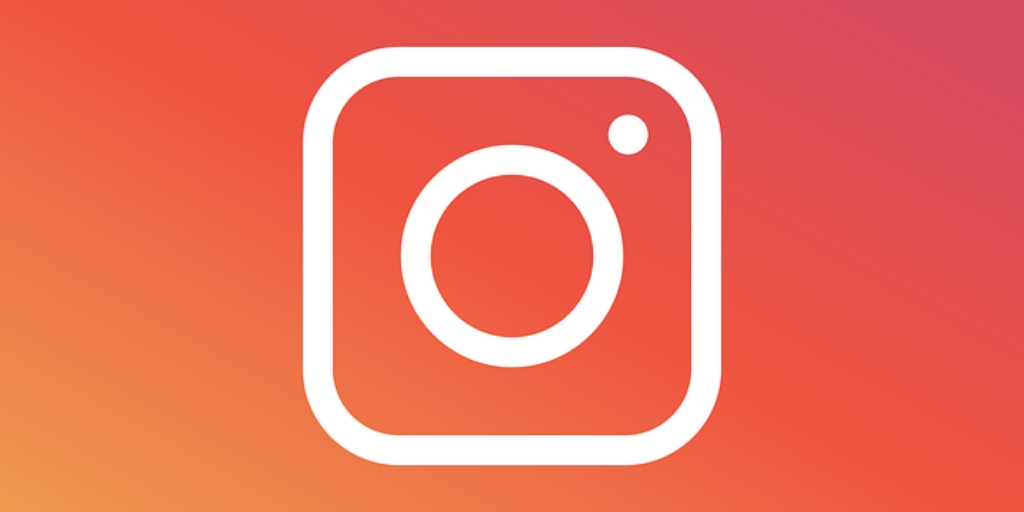
by Fronetics | Mar 20, 2019 | Blog, Content Marketing, Marketing, Social Media
Many B2B organizations are using Instagram to grow business. Here are a dozen Instagram tips to help you use the platform effectively.
Highlights:
- Instagram has become the second most used social media platform, up from fourth in 2017.
- Audiences love real-time content, like Instagram Stories. It lets them feel a genuine, human connection — the creation of which sometimes poses a challenge for B2B marketers.
- An effective Instagram presence has the potential to grow brand awareness, improve your reputation, and generate qualified leads.
Recent research on social media use shows that 66% of brands now use Instagram. As of 2018, it was second-most used platform by businesses, up from fourth in 2017. If you’re considering using this social media network for your business, which you should be, our 12 Instagram tips can help you get started.
12 Instagram Tips for Supply Chain Companies
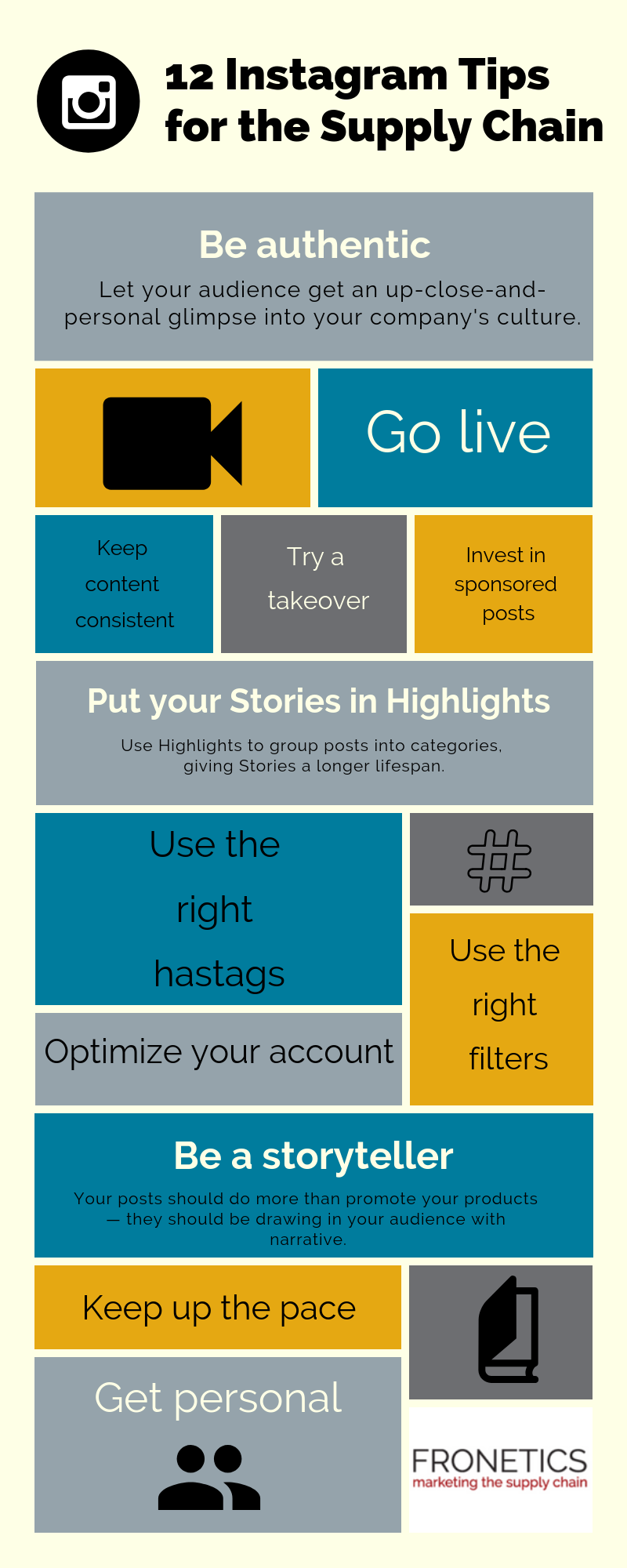
(Made with Canva)
1. Be authentic
Many supply chain companies often fall into the trap of using stock photography or overly staged promotional pictures of products. The ethos of Instagram is all about authenticity and personality. Let your audience get an up-close-and-personal glimpse into your company’s culture with real photos of the people, places, and things that make your business run every day.
2. Optimize your account
Before we get to anything fancy, take a step back and make sure your Instagram account is fully optimized. This means you need:
- a bio with a link to marketing or product pages related to a specific keyword or hashtag;
- image captions, which can reference the link in your bio;
- a search-friendly username; and
- a compelling profile image that reflects your company.
3. Go live
Live video is the “it” trend in social media marketing, with 63% of marketers reporting that they plan on adding it to their overall strategy. Audiences love real-time content, and it lets them feel a genuine, human connection — the creation of which sometimes poses a challenge for B2B marketers.
4. Put your Stories in Highlights
In addition to its Stories feature, Instagram now lets users create a featured group of “Highlights” in various categories on their profiles. Stories have only a 24-hour lifespan, so featuring your most effective Stories clips in Highlights gives them a second life and a chance to engage future followers. One of the best features of Stories and Highlights is that it allows companies to view and analyze how users have viewed and interacted with their content.
5. Keep up the pace
Instagram is one of the easiest social media platforms to post on. That means you can quickly snap photos wherever you are — say, at a conference or event, or even on your way into the office — and publish it instantly. This is great for reaching the coveted millennial audience, which seems to have an unquenchable thirst for consuming content, particularly images and graphics.
6. Keep your content consistent
Posting on a consistent timetable is crucial to maintaining an active following. Posting irregularly means you risk your followers forgetting about you, and posting all at once can annoy and drive followers away. Ideally, companies should post 2-3 times a day, but you’ll need to test how many times a day is most effective for your particular business in engaging your specific audience. For more, check out our guide to when to post on social media.
7. Try a takeover
Taking over the Instagram account of a partner company or customer is a great way to draw attention from an existing and relevant audience, providing mutual benefits to both parties.
8. Invest in sponsored posts and product reviews
Optimizing your account and following Instagram best practices will go a long way toward earning authentic followers that could become future leads and/or customers. But to really boost your impact, it pays to take advantage of influencer marketing on Instagram. Create a list of large accounts in your vertical (think industry media sites and partners), follow them, and reach out to their marketing team to ask about sponsored-post pricing. Be on the lookout for influencers with a high engagement rate relative to number of followers.
[bctt tweet=”Optimizing your account and following Instagram best practices will go a long way toward earning authentic followers that could become future leads and/or customers.” username=”Fronetics”]
9. Use the right hashtags
One of the most effective ways to grow your Instagram following is to use hashtags effectively. Since Instagram gives users the ability to follow hashtags that interest them, and they function as links to other relevant content, choosing the right hashtags is the ideal way to reach and engage your target audience.
Keep an eye on accounts of peer brands to stay up to date with the best hashtags to use. The most effective hashtags are short, memorable, and easy to read. You can also use an online tool like InconoSquare or Websta to find relevant hashtags for your business.
10. Use the right filters
Sure, filters are great for turning boring or poorly lit photos into more engaging images. But, it turns out that which filter you choose really does have an impact on engagement. These lighting and color presets offered by Instagram have the potential to create mood and style in your image content. According to Iconosquare, these 10 filters are currently the most popular on Instagram:
- Normal (No Filter)
- Clarendon
- Juno
- Lark
- Ludwig
- Gingham
- Valencia
- X-Pro II
- Lo-fi
- Amaro
11. Be a storyteller
Instagram is all about visual storytelling. Your posts should do more than promote your products — they should be drawing in your audience with narrative told through a visual format. Instagram Stories are an ideal way to engage your audience!
12. Get personal
Go in deep and personal with your customers by answering their questions via 10-second videos. You let your viewers feel like they’re being heard. Plus, short videos are ideal for reposting.
The Bottom Line
Instagram is an extremely effective tool for B2B businesses. These Instagram tips for using the platform will help you create and nurture a loyal, engaged audience base. In turn, an effective Instagram presence has the potential to grow brand awareness, improve your reputation, and generate qualified leads.
Related posts:
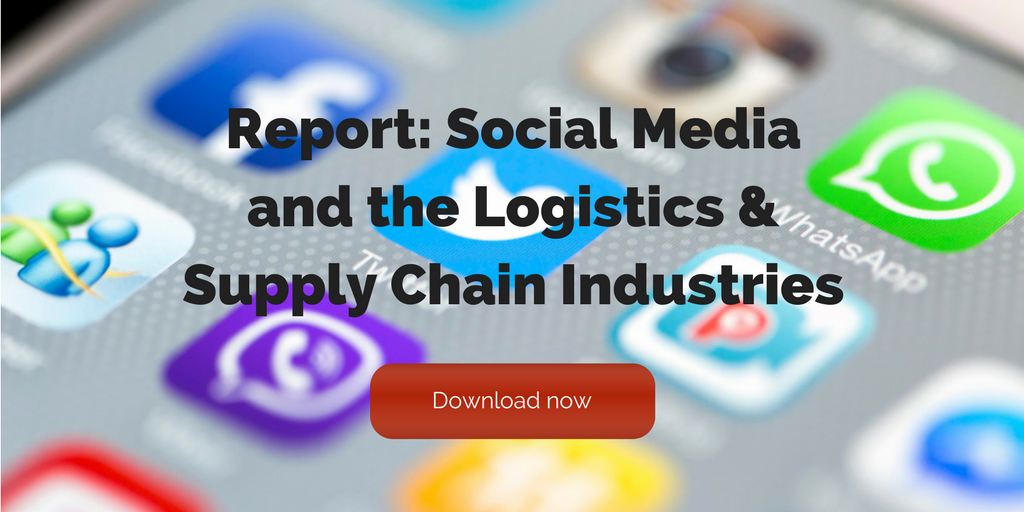

by Fronetics | Mar 14, 2019 | Blog, Content Marketing, Marketing, Social Media
Instagram for business is a rising trend. Here are some top tips to get your business using Instagram as a part of your digital marketing strategy.
Highlights:
- Instagram is all about authenticity and personality. Let your audience get an up close and personal glimpse into your company’s culture.
- Audiences love real-time content and it lets them feel a genuine, human connection.
- Posts should do more than promote your brand and Instagram Stories are an ideal way to engage your audience!
Video transcript:
I’m Katie Russell, and I’m a marketing strategist here at Fronetics. Today I’m going to talk to you about Instagram for business. Instagram has been growing in popularity, and if you’ve been thinking about using Instagram for your business, here are some tips to get you started.
Be authentic
Instagram is all about authenticity and personality. Give your viewers an inside glimpse into your company’s culture. An easy example would be to create little videos answering your audiences questions. It shows that your viewers are being heard and as well as an opportunity to engage with new audiences.
Keep up the pace
Instagram is one of the easiest platforms to post to, so don’t be afraid to take pictures at meetings, conferences, or events, anywhere that you are. The pictures don’t have to be perfect, just remember that the more you post the greater opportunity you have to reach new audiences.
Go live
Live video is the “it” trend in social media marketing right now. Audiences love real-time content, and it gives them feel a genuine, human connection that can sometimes be a struggle for B2B marketers.
Be a storyteller
Instagram is all about visual storytelling, so your newsfeed should be more than just promoting your brand. It should give viewers and audiences a look at what makes your brand different. Don’t be afraid to be quirky or think outside the box to show audiences what makes your brand unique.
Out of ideas? Just ask!
Creating content and coming up with new ideas can be a huge challenge for marketers. Don’t be afraid to survey your audiences and ask them what they’d be interested in seeing. You might just get some great ideas you never would have considered.
For more tips on how to get started for Instagram for your business, visit us at Fronetics.com.
Related posts:


by Fronetics | Feb 21, 2019 | Marketing, Packaging, Social Media, Supply Chain
Social media is changing just about everything about the way brands market themselves — including packaging design.
Highlights:
- Packaging is a valuable content channel.
- Brands need to make packaging design decisions with an eye to how they read in thumbnail images.
- Use scalable imagery and optimize form function, color pallet, and font for user-generated social media content.
Social media has had an impact on just about everything in our lives, and the packaging industry is no exception. Have you ever considered that packaging is a form of content? In fact, the packaging design of goods is yet another opportunity for the delivery of branded content that engages buyers with brands.
[bctt tweet=”The packaging design of goods is yet another opportunity for the delivery of branded content that engages buyers with brands.” username=”Fronetics”]
Furthermore, in this environment where the lines between the digital and material worlds are increasingly blurred, savvy marketers are making sure that packaging aligns with online branded content, creating a cohesive consumer experience. As Mark Hewitt of SGK puts it, “By using the pack as media, brands can create a long-term content journey that builds over time.”
These days, social media is one of the biggest influencers in brands’ packaging design, as marketers continue to harness the power of instantly identifiable packaging.
Three ways social media is shaping the packaging industry
The beauty industry is just one example of where social media is revolutionizing the way marketers are conceiving of packaging design. This is an industry where aesthetic appeal has long been a big part of how beauty products were packaged, but brands have shifted their perspective in light of social media’s impact.
Says beauty branding and product design consultant Rinat Aruh, “We used to use the lens of: How do we design to create an impact on shelves? But now, we design for the thumbnail, which really changes some of the choices we make.”
So how are brands adapting their packaging? Paul Nowak, senior director of sales strategy and business development at QuadPackaging, has identified these three key factors.
1) Scalable imagery
We live in a mobile world. Images on social media are overwhelmingly viewed on mobile devices, and it’s crucial for designers to take this into account when making packaging decisions. Designs need to grab attention from the thumbnail, as Aruh alluded to. “This means that before designers finalize the packaging form and the brand design of the creative components, they need to add a step that tests the image on social media platforms and views them on a smartphone, not a desktop,” says Nowak.
2) Form function
Packaging designers have traditionally taken into account form in making design decision. At every phase of the supply chain, it needs to safeguard the product and express the brand and function. But when you put social media into the equation, form decisions take on a new dimension, as many consumer products are exclusively recognizable in social media posts by their packaging.
Nowak uses the example of consumer products like hand lotion. The decision to package the product in “a small tube, a large pump, or an elegant jar all convey different aspects of the brand experience and function of the packaging.”
3) Color pallet and font
As with form function, color and font decisions have always been key factors for packaging design. But these days, decisions about these design elements aren’t about what catches the eye on a shelf or even on a brand website.
Brands need to make decisions about color and font with an eye toward how they play on social media. This often means a simpler approach, making packaging clean and easily identifiable, even from a thumbnail. “Forward-thinking designers will add a social media test in their design phase to assure brand recognition in all media channels,” says Nowak.
What does the future hold?
If we know one thing about social media and how it impacts the marketing landscape, it’s that change is going to be pretty much constant. Brands need to continue approaching packaging as a valuable media channel and an opportunity to engage with consumers.
In addition to optimizing packaging for the user-generated content on social media, we’re seeing a rise of “connected” packaging. From Snap and Facebook codes, savvy marketers are recognizing the power of packaging design as nexus of the digital and material worlds.
Related posts:
